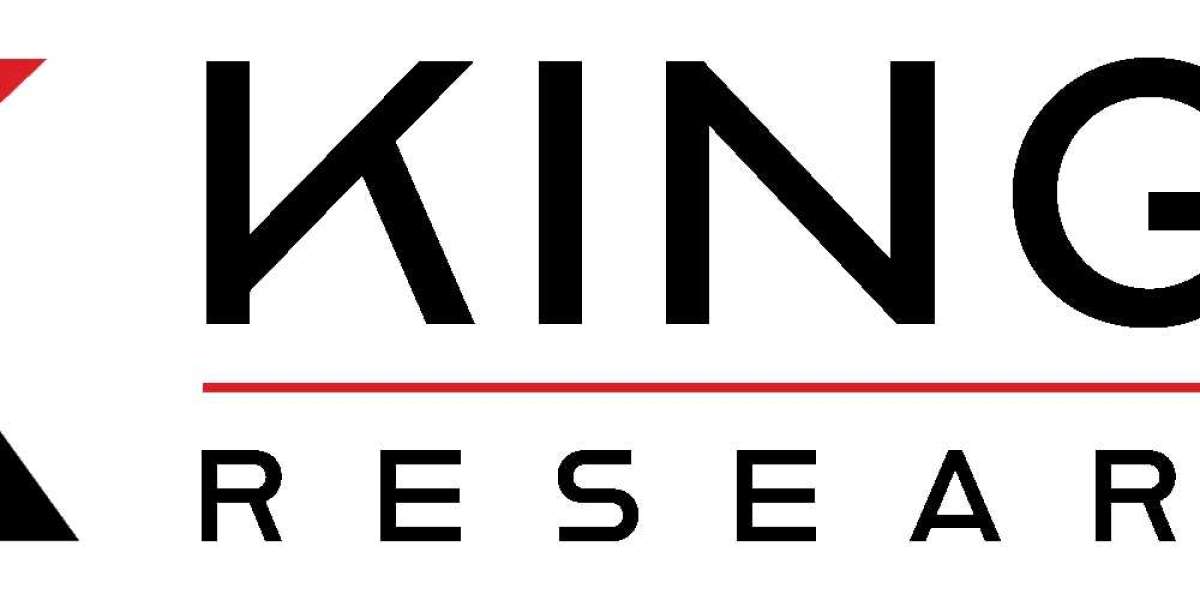This article will guide you through the important steps on how to create and maintain sites in Google. If you have an existing site, use this as a reference to ensure that you are doing everything right. I am going to review 5 areas at a time.
First things first… the domain name dilemma.
Your domain name should be brandable. Keyword rich with hyphens type of domains are not longer relevant. Focus on a .com since it is the one searchers will enter when not sure about extensions, and is the easiest to brand. As far as registering it, do it for more than one year since this helps with the “trustbox” in Google. If you have many related domain names for the same content it is always good to only take one as the main domain and to redirect (301) any others to it. This way, you can make sure not to have duplicate content issues.
Less is more, when it comes to web design.
Your text content should outweigh your html code. Make sure your code is “search engine friendly”. That is a big different with being W3C compliant. The W3C is too limited, and a lot of code warnings will appear with perfectly acceptable code. Their validation system is simply outdated. You want to be search engine compliant, not W3C compliant. Keep this in mind.
Javascript and CSS, in code or out?
Good question. JavaScript and CSS should be in external files. They will increase page size otherwise. Specially when having the same code for menus or styles on multiple pages, when this can be easily fixed by doing it externally.
Demystifying the page size limit.
There is NOT page size limitation here. There you have it. The 101kb limit thing is absolutely incorrect. But do not take this the wrong way. You need to make sure the size of your page is about 40K on average. Up to 50K is OK. Consider loading time as a factor, and the text/graphics ratio is very important.
Web hosting solutions and their impact.
Use your own dedicated server whenever possible. Make sure you have a static IP address assigned to either individual domains or groups of domains, and make sure that it is clean, by not being in any blacklist.








